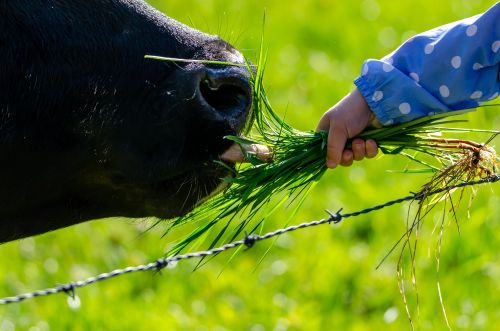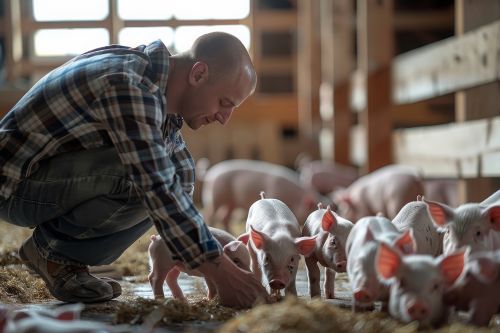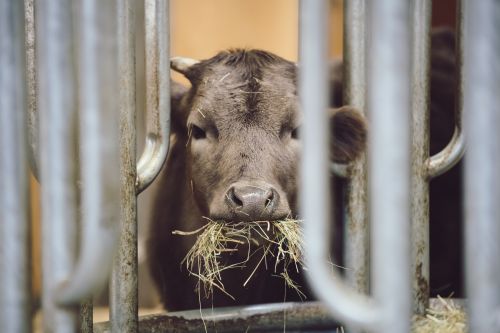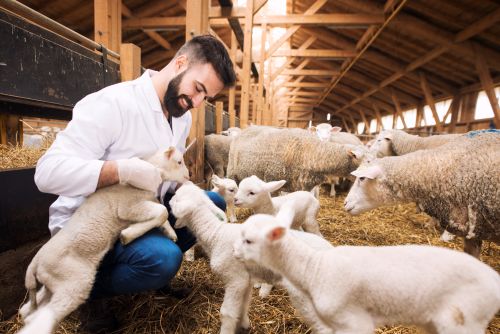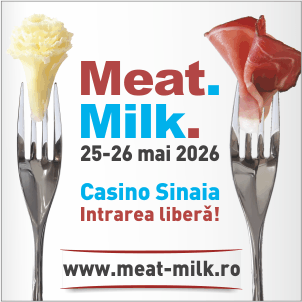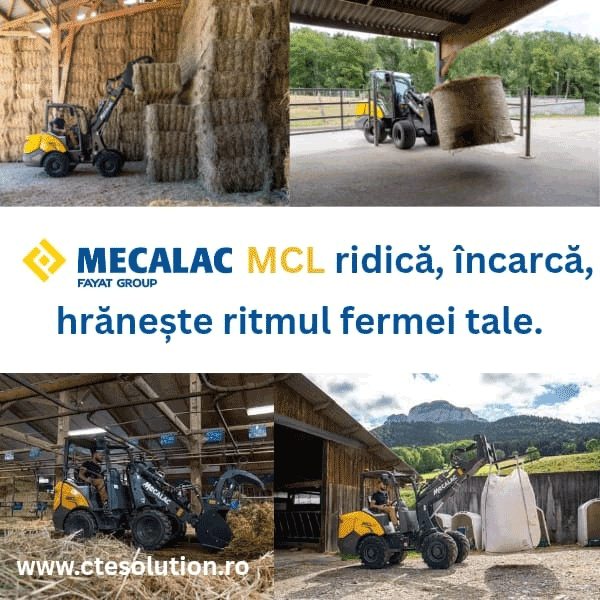546
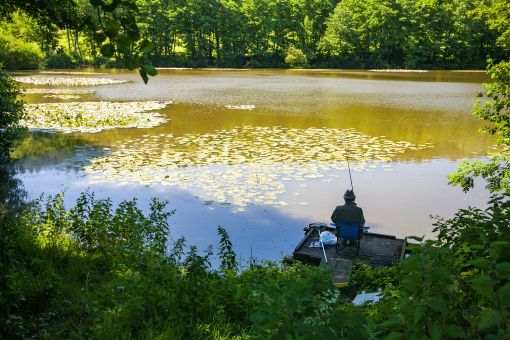
Romania has over 100,000 hectares of water surface suitable for aquaculture, but fish production amounts to only 12,500 tons annually, according to INS 2024. This figure is far below the estimated potential of 25,000–30,000 tons and places Romania among the lowest-ranked countries in the European Union. By comparison, Poland produces over 40,000 tons annually, while Greece exceeds 100,000 tons.
The main causes of this gap are outdated infrastructure, lack of investment in modern systems, and difficult access to EMFAF (POPAM) funds. Only 9% of Romanian fish farms received European funding between 2021 and 2024. High costs and bureaucracy remain major obstacles for small and medium-sized farmers.
Nevertheless, the outlook for 2030 is favorable. Investments in recirculating aquaculture systems (RAS) can increase productivity by 5–6 times per unit area. Moreover, demand for locally produced fish is growing, driven by consumer trends toward healthy and sustainable food. Farm-gate prices, ranging from 18 to 28 lei/kg, offer attractive margins compared to other livestock sectors.
Experts estimate that through more efficient use of EMFAF funds and the digitalization of farms, Romania could reach 20,000 tons annually by 2030, reducing imports and strengthening the aquaculture sector.
(Photo: Freepik)
